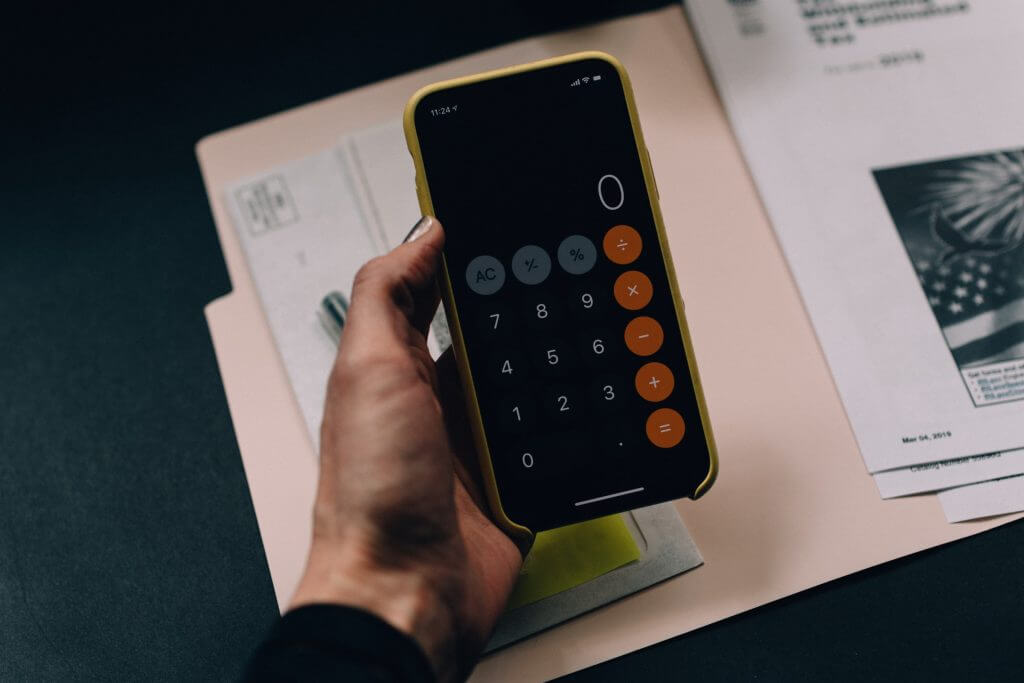
Improve your Budgeting Habits
Budgeting is one of the best tools to get the most out of your money. A simple budget plan can show what money you expect to receive and how you’re going to spend it. In improving your budget, the change that you need to do is most likely in just an area or two, rather than a complete overhaul.
Consider the following tips in setting up and improving your budget:
- Income. How much money do you bring in monthly? Include any income you may receive from sidelines, dividends, or bonds. Use a figure that’s after expenditures and taxes.
- Budget plans. There are various budgeting plans you can use, such as the envelope budget, zero-based budget, and 50/30/20. Check for further details below.
- Track your progress. Once the budget is set up, track your progress by using the old-fashioned pen and paper, or creating a spreadsheet. Budgeting apps & tools are also available to make the process easier.
- Pay yourself. Pay yourself first to avoid spending it all elsewhere. Allocate part of your income for savings or investing, and set it up to be deposited directly into an account.
- Flexibility. Always revisit your budget and feel free to make changes if necessary.
Budget plans
Choose your budget plan from these options as you see fit:
- Envelope budget
- Zero-based budget
- 50/30/20
Envelope budget
The envelope budget works by designating categories to your spending.
- Create an envelope for each category such as housing, utilities, groceries, clothing, insurance, etc.
- Allocate your income into each envelope monthly.
- Take the money from a specific envelope when you have an expense in that category.
Zero-based budget
Your income minus your expenses should equal zero.
Think of any occasional or seasonal expenses (birthdays, Christmas) and then save up for them by creating equal monthly payments. The extra income should be placed in savings, investments, or an emergency fund for family costs, medical expenses, and car repairs.
50/30/20
The 50/30/20 plan works by putting:
- 50% of your income to cover the fixed expenses such as housing (rent or mortgage), utilities, groceries, transportation, child care, loan payments, and insurance.
- 30% of your income to cover the ‘wants’ such as eating in a restaurant, clothing items, and entertainment.
- 20% of your income to pay your debts or to go into savings.
Budgeting apps & tools
Handling your finances doesn’t have to be time-consuming and difficult. There are thousands of money management tools that’s able to help you, like these best budgeting apps in Australia.
UBOMI
UBOMI puts you in the financial driver’s seat while you set goals, get rid of debt, and see your progress along the way. This money app lets you connect to all your accounts to allow you complete control over your priorities. It populates your finances, such as superannuation, credit cards, loans, mortgage payments, into one easy-to-manage space.
Pocketbook
Pocketbook is the finance app for you if you want simplicity. It syncs with your bank accounts, credit cards & loans, and auto categorises your transactions. It has a “safely spend” feature to let you know how much you can spend based on your budget.
Expensify
Expensify can be used in keeping track of your receipts and expenses once tax time nears.
With Expensify, you can scan and categorise the receipts in various ways, and collate them into one file for your accountant.
Goodbudget
Goodbudget is best for couples as it can be used for one budget, sync between multiple devices, and set combined goals. It uses the envelope system, in which expenses are separated into categories.
Sharesight
Sharesight is the preferred tool for DIY investors as they manage their portfolio. It offers practical information for your tax return, shows graphs of your returns, and tracks your dividends. With Sharesight, you can automatically add all of your holders from your trading platform.
Splitwise
Splitwise figures out each person’s share of a bill, fit for shared houses or groups of friends.
You can adjust the setting so it can send you auto-reminder emails for future bills, allowing you to keep track of IOUs. Its sister app Plates is perfect for restaurant-specific calculations and can be split up to 10-way.
If you liked our “Improve your Budgeting Habits” and find it useful, check our blogs regularly for more information on how to get out of debt and updates on the best budgeting apps in Australia.




